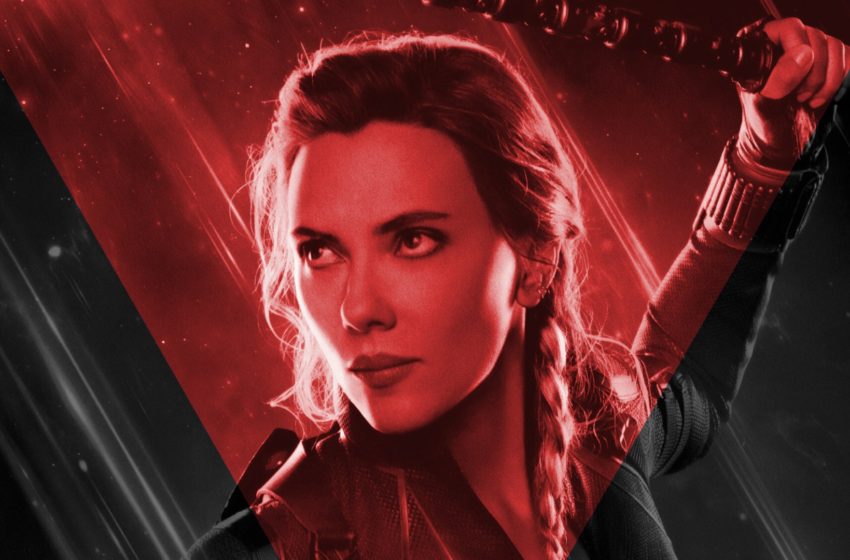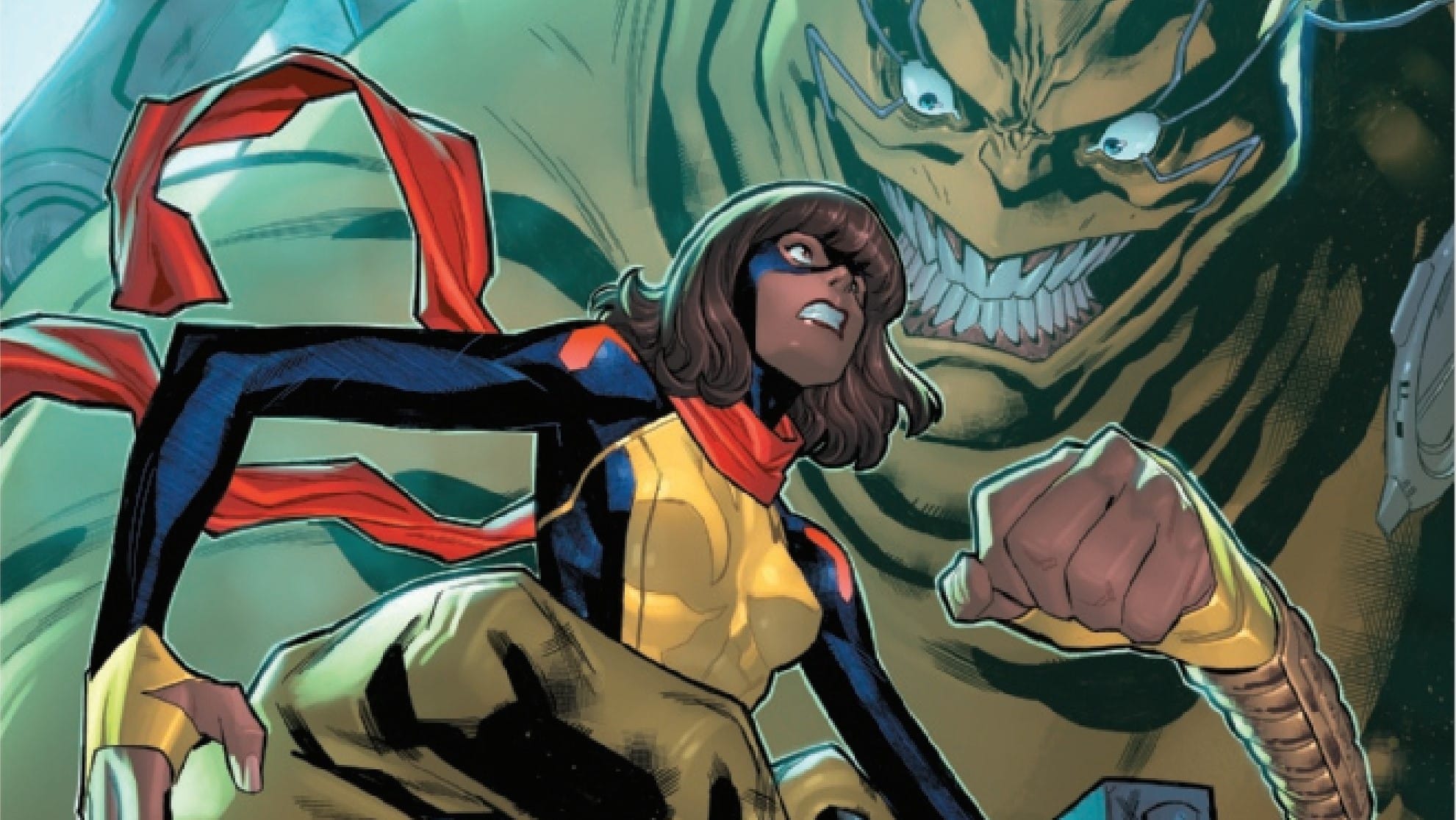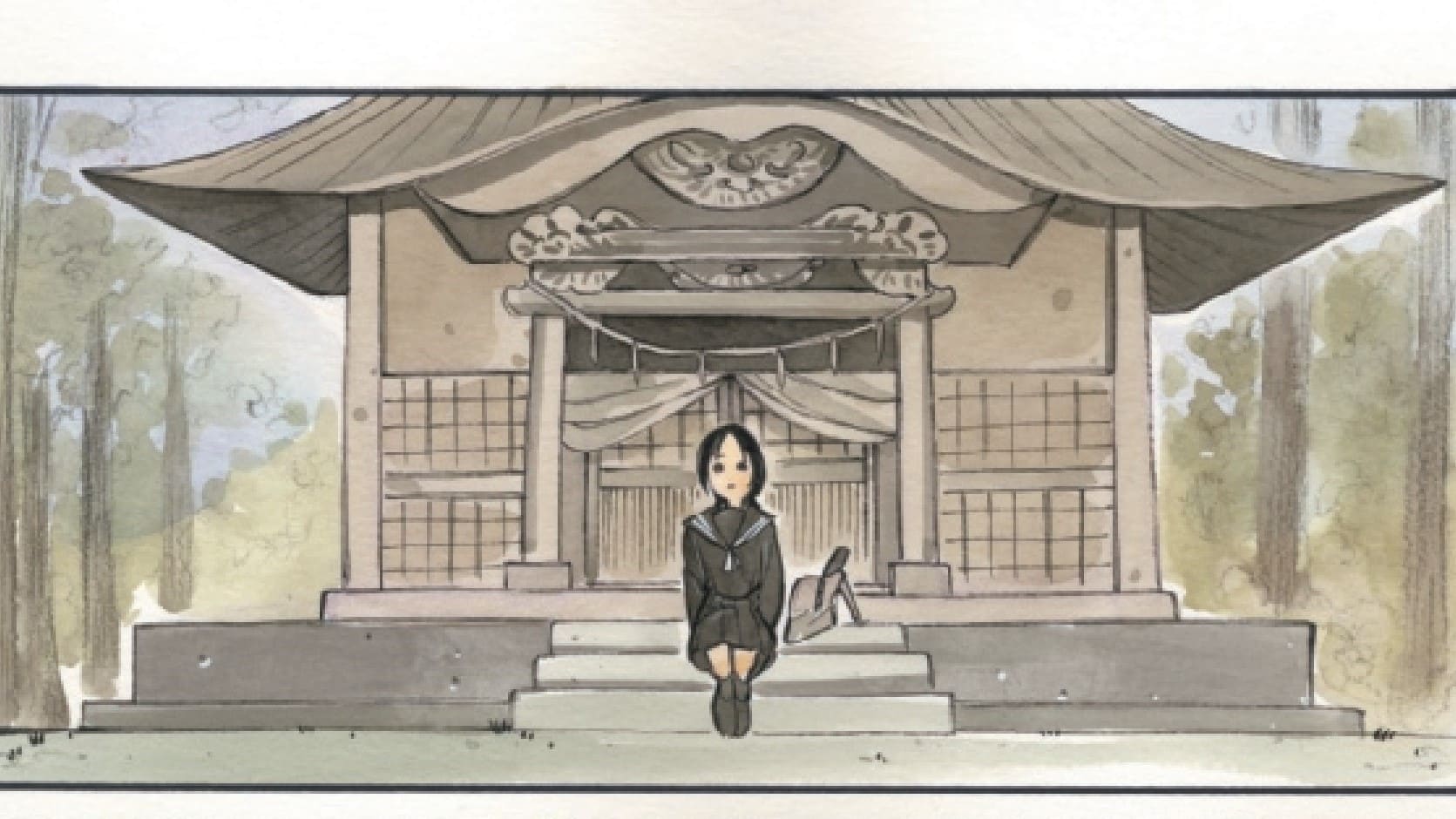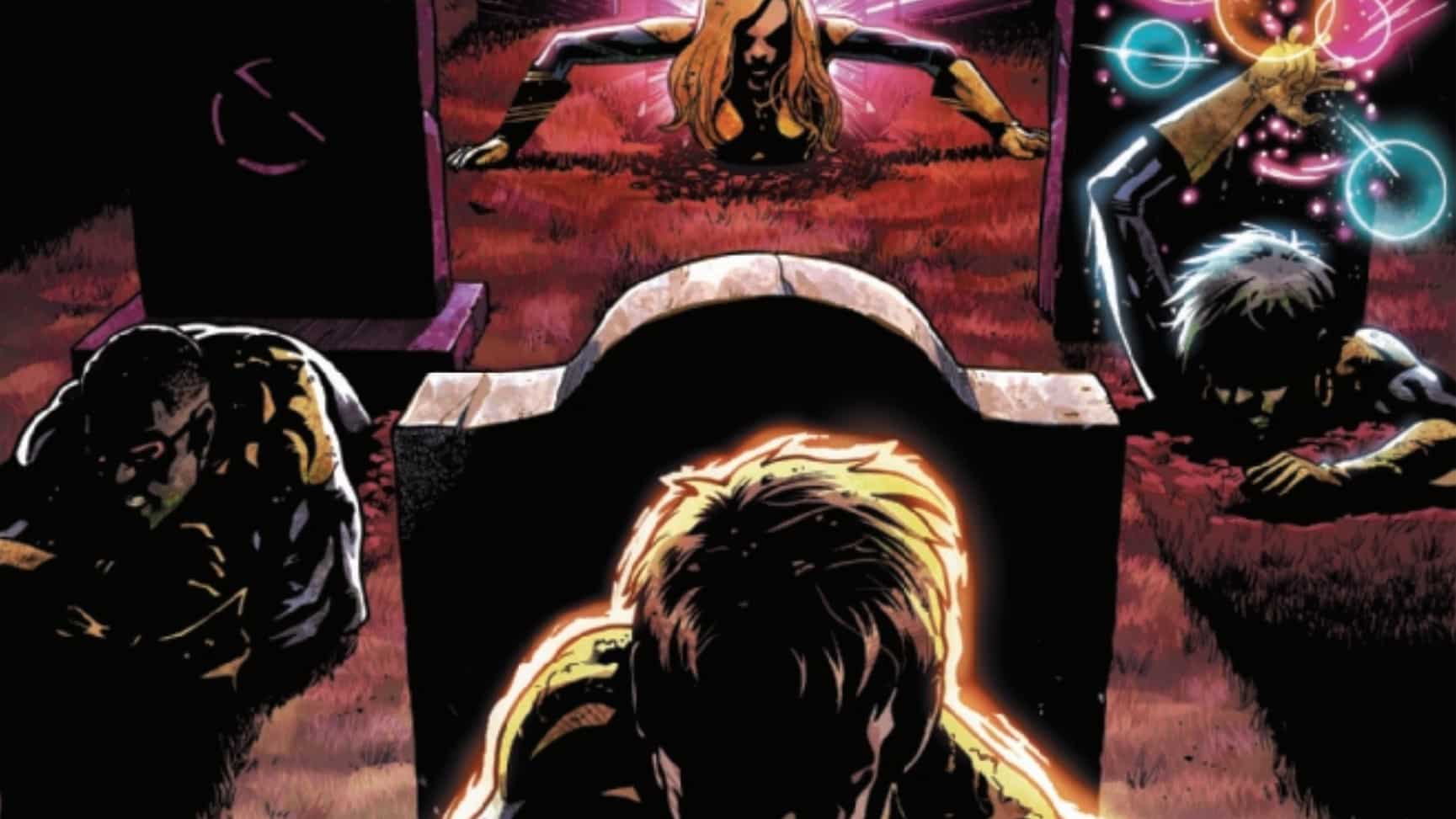It’s taken eleven years, eight MCU appearances, one pandemic and the death of the character, but Black Widow is finally getting her own solo film! Even better/sadder, Black Widow also represents the first MCU film entirely directed by a woman, Cate Shortland (Anna Boden previously co-directed Captain Marvel with Ryan Fleck). Thanks to her long presence in the MCU, Black Widow the movie character is a known commodity to most viewers by this point in time, but her perpetual role as a supporting character in those appearances still leaves plenty of comic book backstory to be mined and adapted in her feature film debut.
Here then, with the first female superhero of the MCU poised to finally get her due, is a closer look at the comic book origins and inspirations behind the character, as well as some of her more memorable MCU moments.
Black Widow Through the Years
Silver Age Spy

Introduced in Tales of Suspense #52 as a villain of the hyper-anti-Communist Iron Man, Black Widow began life as a Soviet spy and general femme fatale character. While a female villain was unique for the time, her portrayal was hardly progressive by today’s standards: she was usually simply an inciting agent for one or more other (male) villains, like the hapless Hawkeye ( introduced as a carnival bowman with designs on being a hero but overcome by his infatuation with Black Widow and led into doing evil), and all too often found herself filling damsel-in-distress roles in stories.
Superhero Partner

Eventually, Black Widow traded in her evening dress, veil and cigarette holder for a more traditionally comic book jumpsuit, her signature red hair, and her trademark “Widow’s Sting” gauntlets, as she transitioned out of super-villainy and onto the side of the angels (and, explicitly at the time, “the West”). This led to a series of appearances where Black Widow was often teamed up with a specific male partner: after her initial partnership with Hawkeye, she and Daredevil eventually moved out west and she co-headlined his book for a time. After that, she became a recurring SHIELD agent, working directly with Nick Fury, and like seemingly everyone else, established ties to the history of Wolverine. And in the 21st century, she was frequently paired up (romantically & professionally) with a revived Bucky Barnes/Winter Soldier, during his stint as Captain America.
Stalwart Avenger

After several brief stints operating with the team in an unofficial capacity, in 1973’s Avengers #111, Black Widow formally joined the Avengers (the comic book Avengers are very big into their internal bureaucracy & following Robert’s Rules of Order). She didn’t stick around long, though, with her heyday as an Avenger coming later, in the early-to-mid 90s, when she led (or co-led, alongside Captain America and/or the Black Knight) the team for an extended period of time. Since then, she has been a stalwart member of the group in at least one or another of its various incarnations, buoyed in large part by her cinematic counterpart’s role in the MCU.
The New Black Widow

1999’s self-titled miniseries, published as part of the “Marvel Knights” imprint of slightly-edgier comics overseen by future Marvel Editor-in-Chief Joe Quesada, introduces Natasha to another Black Widow, the blonde-haired Yelena Belova. Yelena, who made her first appearance in the Marvel Knights Inhumans series, is the product of the Red Room, a Russian program designed to churn out highly-trained agents who, it is revealed, was also truly responsible for Natasha’s training & upbringing. The introduction of Yelena and the Red Room significantly alters Natasha’s backstory, making her the product of a larger system with a legacy all its own, and this retcon would provide fodder for many of her solo stories (as well as her MCU appearances) going forward.
Four Memorable MCU Moments
Hammer Hallway Fight
Natasha’s introduction into the MCU in Iron Man 2 isn’t great; as Victoria Alonso, executive VP of Production for Marvel Studios, says, it positions her right out of the gate as an object, something defined by her female-ness, to be owned. By the end of the film, she at least gets to show her marital prowess, efficiently taking down a hallway full of Justin Hammer’s goons while Happy Hogan struggles to take down just one. It’s not enough to single-handedly erase that bad introduction (or even the scene which immediately precedes it, as Natasha changes into her fighting togs in the backseat of Happy’s car while he – and the camera – does his best not to ogle her), but it does at least make a definitive visual statement that Natasha is a more than capable superhero in her own right.
Tricking the Trickster
About midway through the first Avengers film, Black Widow goes about interrogating the captive Loki, attempting to discern his overall plan. Loki, as is his wont, begins monologuing, his righteous fury rising and seemingly cowing an increasingly-scared Natasha as he, ultimately, reveals his overall plan. At which point Black Widow immediately snaps back to normal and briskly conveys the intelligence she’s gleaned from their captive to Nick Fury. It’s a fun moment in which the trickster god gets tricked, and one of the rare moments where Natasha’s spy background is showcased in a manner other than “she fight good”.
Highway Battle
Captain America: Winter Soldier represents probably the best outing yet for Black Widow, as she spends most of the film fighting alongside Captain America and helping him navigate the world of espionage and double-crosses the movie drops him into (it also helps that Winter Soldier is also just one of the better MCU films, period). The bridge sequence, in which Cap’s erstwhile group of pseudo-Avengers comes face-to-face with the Winter Soldier for the first time, is another excellent showcase of Black Widow’s skills; as the one combatant with prior knowledge of the Winter Soldier (and unencumbered by the personal connection to him, once his true identity is revealed), she is brutally efficient when engaging him. Winter Soldier ultimately escapes, but it’s in no small part due to Black Widow that Cap also survives to fight again.
Natasha Makes a Sandwich
Black Widow’s final (chronological) appearance in Avengers: Endgame is an unfortunately apt bookend to her role in the MCU, echoing her poor introduction by killing her off in order to give Hawkeye the soul stone needed to complete the Avengers’ mission, only to then have her sacrifice be one-upped by Iron Man, her remembrance relegated to a few quiet pre-climax moments amongst her surviving teammates. But before all that goes down, there’s a quiet moment earlier in the film that is rather nice, as we see Natasha leading a coalition of intergalactic Avengers doing what they can to help a post-Thanos galaxy. Clearly overworked and struggling to keep it together in the face of Thanos’ victory, Natasha quietly makes herself a sandwich, and there’s something about the simple mundanity of it in the face of all the cosmic sturm-und-drang of the movie that resonates (Captain America, of course, ends up eating the sandwich).
What’s the Deal with Red Guardian & Iron Maiden?

Red Guardian, played in Black Widow by David Harbour aka everyone’s favorite Husky Dad from Stranger Things, was introduced by Roy Thomas & John Buscema as, basically, Russia’s version of Captain America, as well as the husband of Black Widow. Comics being comics, their relationship is filled with various deaths and reveals, with the Soviet Union having faked her husband’s death in order to properly motivate Black Widow against the West, then faked his survival after he sacrificed himself to save her, in an effort to get her back to working on the side of the Soviets.
Iron Maiden.png
Iron Maiden, played in the film by Rachel Weisz, is a kind of proto-Yelena Belova, a fellow Russian agent who felt overshadowed by the success of Black Widow and grew to hate her, eventually becoming a freelance mercenary as she attempted to get revenge on Black Widow. She first appeared in Marvel Fanfare #11, the second chapter of a fun Black Widow story featuring some great George Perez art that is well worth checking out.
Eight Black Widow Fun Facts
Prima Ballerina
Though since retconned, once upon a time Black Widow was said to have been an accomplished ballerina in her pre-super spy days, a way to justify her exceptional (but not superhuman) athletic abilities.
Live Long and Prosper
Thanks to her origins being tied very specifically to Cold War era fears and the Soviet government, Black Widow is one of those comic book characters whose biography gets more complicated the further away the real world gets from the specific events informing her creation. As a result, while a pre-World War II birth year was perfectly acceptable when she debuted in 1964, nowadays Natasha’s exceptional longevity is credited to special biotechnological treatments and modifications performed by the Red Room as part of the Black Widow training program.
Spider vs. Spider

The classic Black Widow look of red hair and black jumpsuit debuted in Amazing Spider-Man #86, which also marked the beginning of newfound agency for the character, as she became a direct actor in comic book action, taking on foes head-to-head and fist-to-fist, displaying martial skills of her own rather than relying on hired agents.
Amazing Adventures

Black Widow’s first solo stories appeared in the pages of Amazing Adventures #1-8, a title she shared with the Inhumans. These stories are notable for showcasing some of the character’s more leftist leanings, as rather than operating in the service of a “Western” spy agency she does things like help fight police corruption and the influences of organized crime.
Champions of Los Angeles

Black Widow briefly led the short-lived Champions, a superhero team mostly remembered for the randomness of its roster (Black Widow, Hercules, Ghost Rider, and two ex-X-Men, Iceman and Angel) and for introducing a sentient swarm of Nazi bees. It represents her first foray into superhero team leadership, during which she also developed a somewhat random romance with Hercules.
Madripoor Knights

Black Widow, as both a child circa World War II and an accomplished adult superhero, plays a significant role in the much-lauded Uncanny X-Men #268, a twisty time story in which she is rescued by and teams-up with Wolverine, in two different eras, to battle Hydra.
Left Behind
When the Avengers and the Fantastic Four were killed off during the X-Men crossover event “Onslaught” to make way for the ill-fated “Heroes Reborn” relaunch in 1996, Black Widow was one of a handful of Avengers to survive and stick around in the “main” Marvel Universe, though her status as ostensible leader of the team at the time made her survival sting a little bit more.
Clone Saga
Technically, the Black Widow running around in comics today is a clone of the original, created by the Red Room and implanted with the original Natasha’s memories after she died during the “Secret Empire” event.
Austin Gorton also reviews older issues of X-Men at the Real Gentlemen of Leisure website, co-hosts the A Very Special episode podcast, and likes Star Wars. He lives outside Minneapolis, where sometimes, it is not cold. Follow him on Twitter @AustinGorton






